Breadcrumb
- California Offshore Winds
- Federal and State Agencies Involved in Offshore Floating Wind
Federal and State Agencies Involved in Offshore Floating Wind
- What federal agencies are involved in planning for offshore renewable energy?
The lead agency involved in planning offshore renewable energy is the Bureau of Ocean Energy Management (BOEM) [1] located in the Department of Interior. Under the Energy Policy Act, an amendment to the Outer Continental Shelf Act, BOEM has authority for developing marine renewable energy projects on the outer continental shelf which extends three nautical miles off California’s coastal shoreline. The agency’s responsibilities include identifying wind energy areas, holding auctions for leases, reviewing offshore wind development plans, conducting environmental reviews, and identifying needed mitigation to avoid or reduce impacts. Other federal agencies are also involved including:
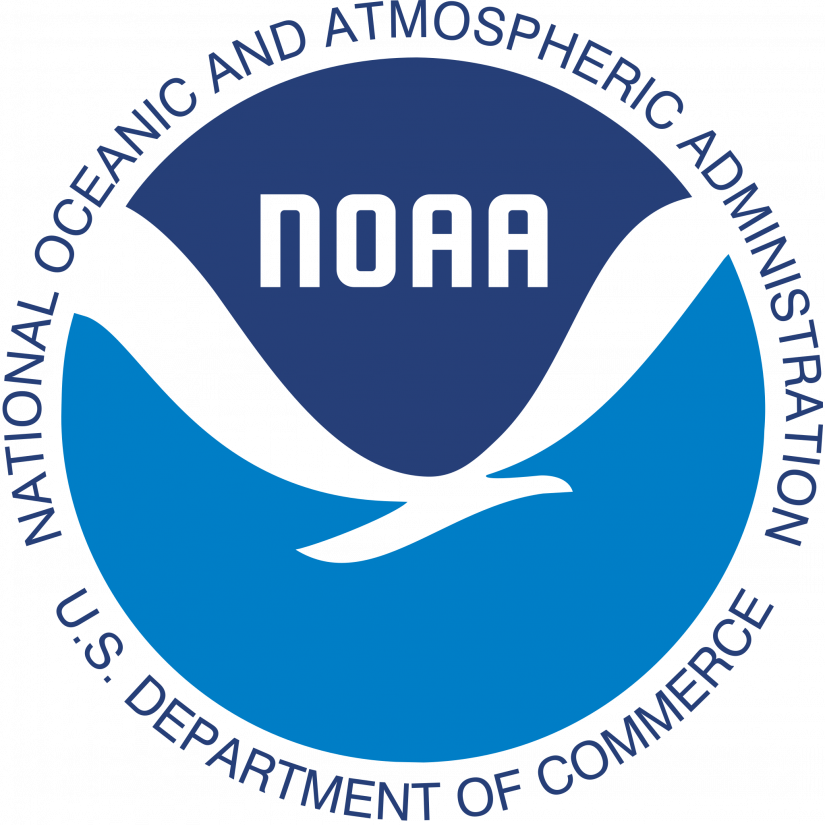
Department of Commerce- National Oceanic and Atmospheric Administration (NOAA)- The National Marine Fisheries Service in NOAA is responsible for ensuring that the projects meet legal requirements under fisheries and marine mammals laws including the Endangered Species Act, Marine Mammal Protection Act, the Magnuson-Stevens Fisheries Act, and the National Marine Sanctuaries Act. NOAA provides data in the form of meteorology, oceanographic, biological, and social science reports. NOAA helps BOEM to identify environmental impacts and conflicts with other ocean users. NOAA is responsible for using incidental take authorization for any activities that may impact endangered or threatened species as well as conducting an essential fish habitat consultation and assessment. [2] [3] [4] 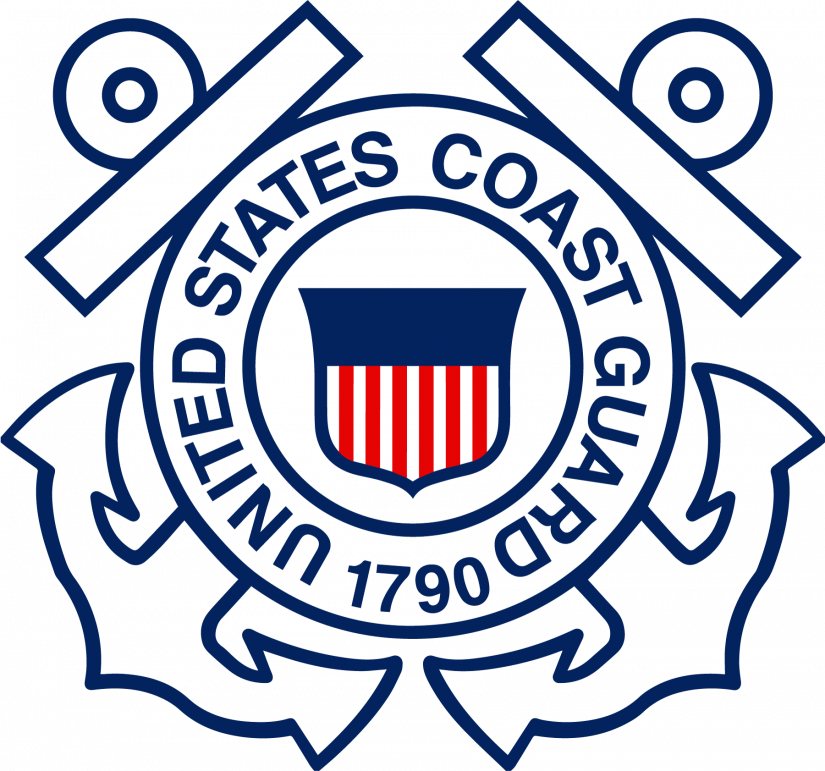
Department of Defense- US Coast Guard- The Coast Guard provides expert advice on navigation and maritime safety issues including lighting and marking of wind turbines and related structures. The Coast Guard is particularly concerned with vessel traffic moving to and from U.S. ports. [5] 
Department of Defense- US Army Corps of Engineers- The Corps reviews offshore wind projects to determine environmental impacts on rivers and harbors and potential impacts on water quality due to dredging-related activities for development of ports of placement of cables. 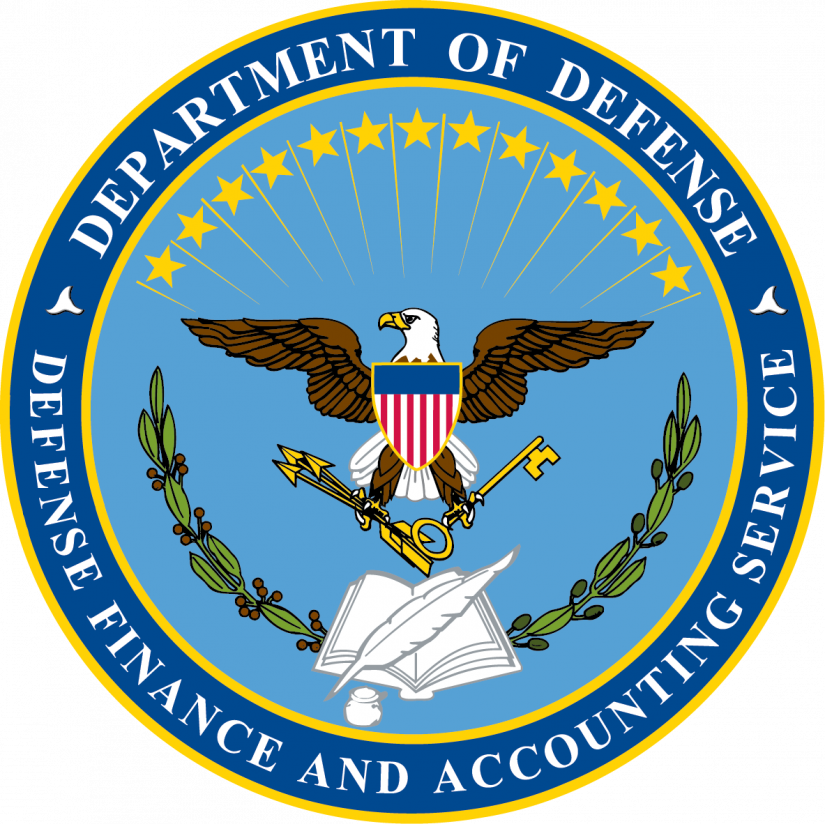
Department of Defense- Ensures that project sites do not conflict with military security sites. 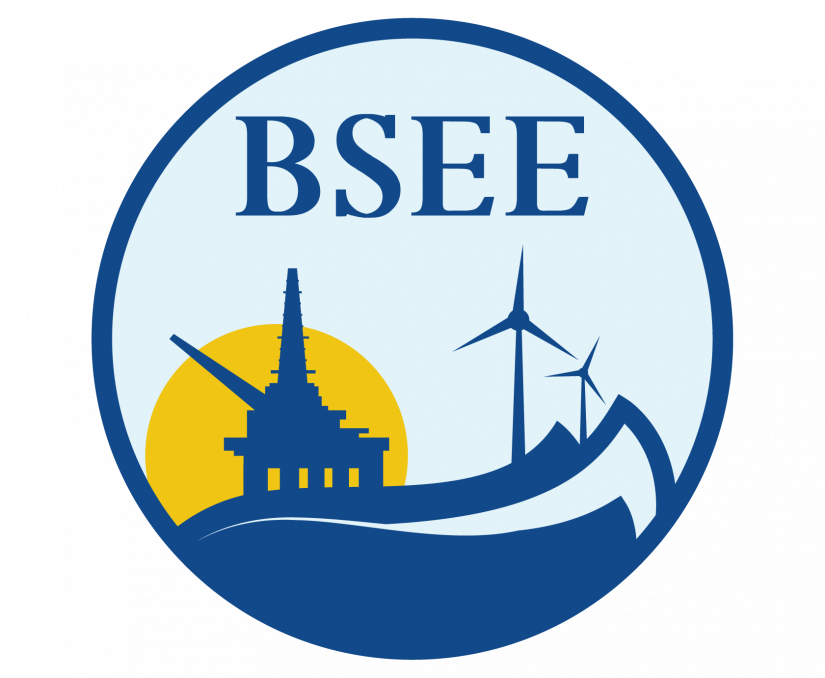
Department of Interior- Bureau of Safety and Environmental Enforcement (BSEE)- Responsible for evaluating facility design, installation, safety management and oil response plans. BSEE’s work begins after operation to ensure compliance with laws, regulations, and leases including operational safety and environmental rules. [6] 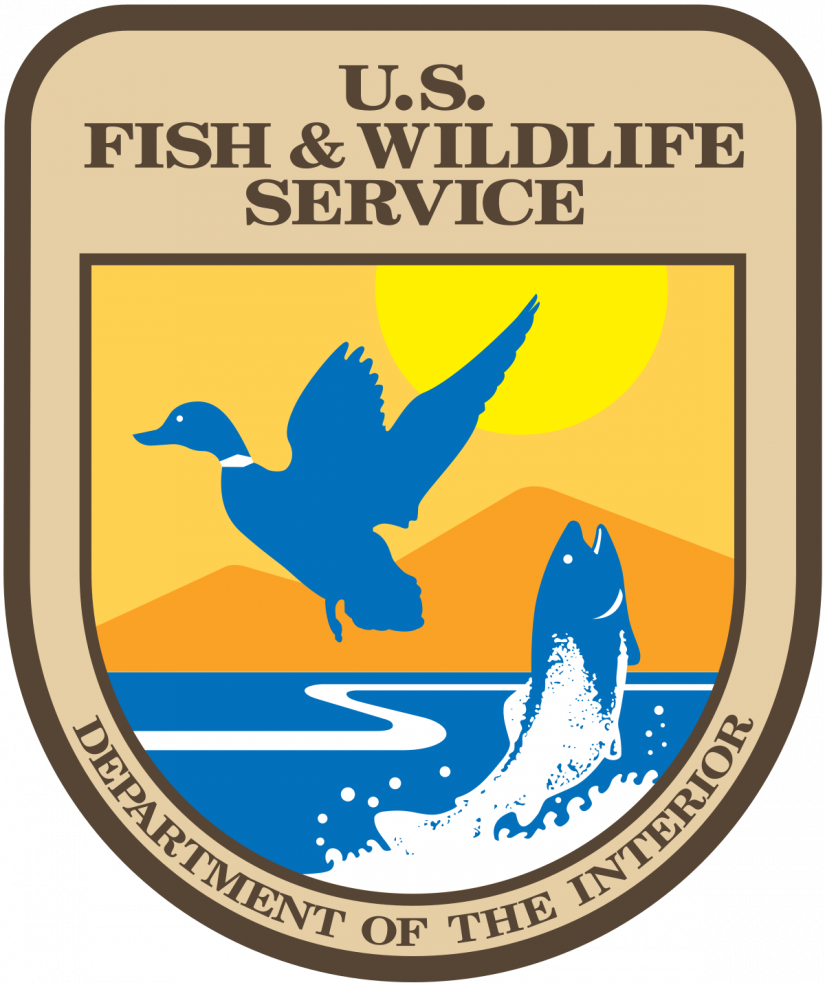
Department of Interior- U.S. Fish and Wildlife Service-The Fish and Wildlife Service provides information and expert advice on compliance with the Endangered Species Act (for species not regulated by NOAA) and the Migratory Bird Treaty Act. Consultation will be required for any incidental take authorization for an endangered or threatened species. [7] 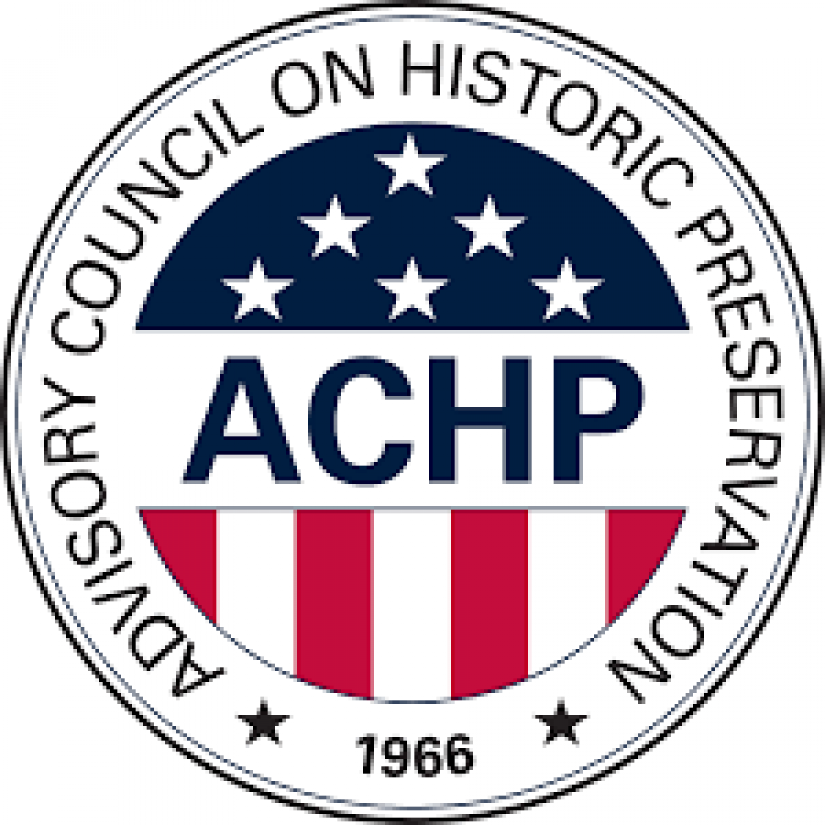
Advisory Council on History Preservation- This council requires a consultation under the National Historic Preservation Act to ensure that historic sites are not damaged by development. [8] 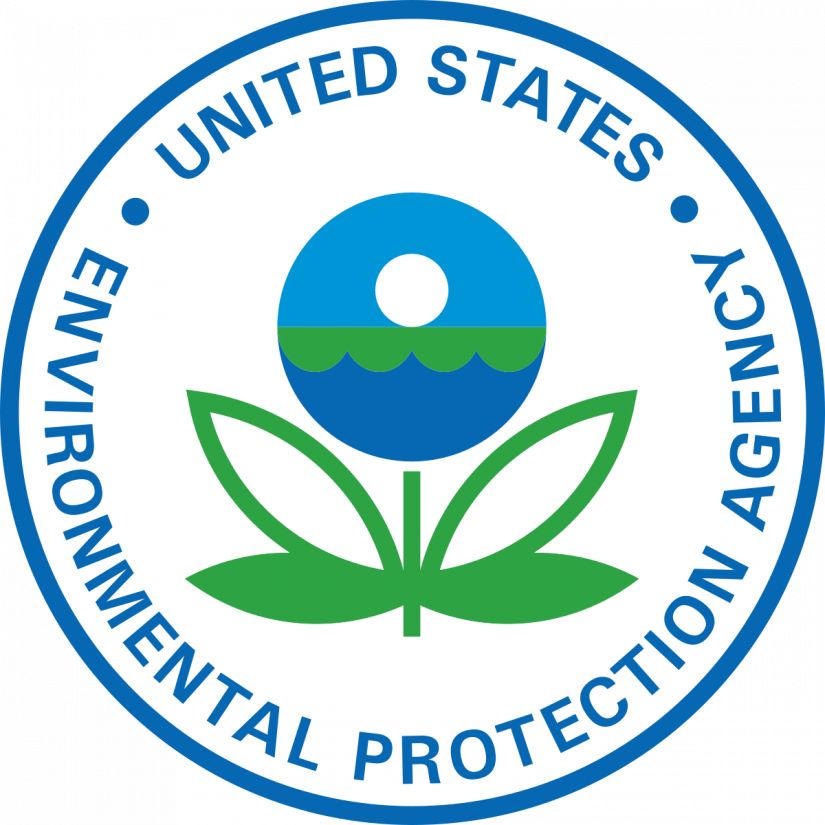
Environmental Protection Agency (EPA) - coordinates with BOEM through the process of environmental review under the National Environmental Policy Act. EPA is also responsible for permitting for sources of air emissions on the Outer Continental Shelf where the wind leases are located. [9] 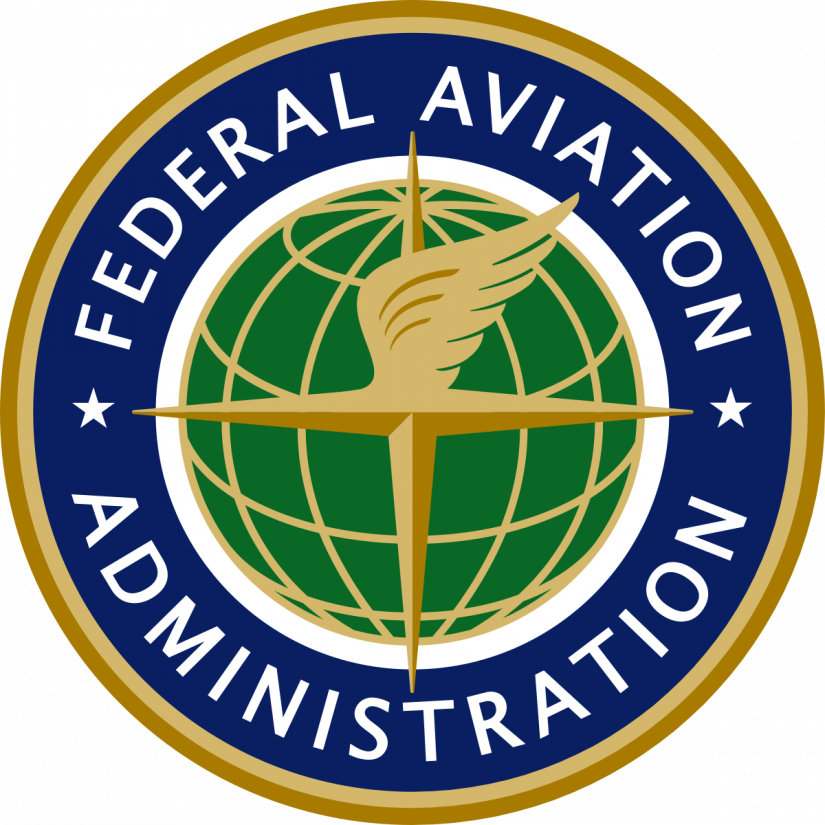
Federal Aviation Administration- responsible for ensuring that wind turbines do not pose a risk to air navigation. - What state agencies and other organizations are involved in planning for offshore renewable energy?
At least some of the infrastructure associated with the California offshore wind developments will take place in waters under California jurisdiction or on the California coast. The planning agency is the California Energy Commission who is responsible for developing a strategic plan for offshore wind energy developments that may impact California’s state waters. [10]
The lead agency for state permitting of offshore wind projects is the California Coastal Commission.[11] The California Coastal Commission implements the California Coastal Act and the federal Coastal Zone Management Act (CZMA). The Commission reviews and authorizes all projects within the California coastal zone. Under the CZMA, the Commission reviews where federal projects demonstrate consistency with the California Coastal Act. The agency is responsible for issuing a Certification of Consistency The Other agencies involved include:
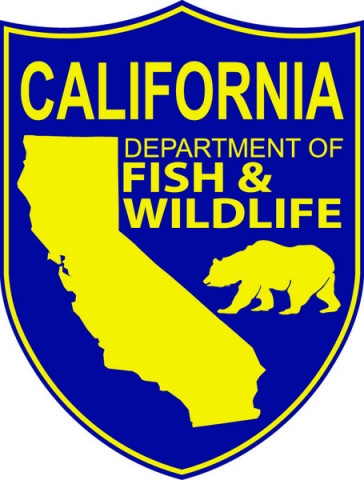
California Department of Fish and Wildlife (CDFW)- This agency has responsibility for marine biodiversity protection in California’s coastal marine waters and may require incidental take permits for certain activities and a consultation under the California Endangered Species Act. 
California Independent System Operator- This organization which is an independent nonprofit public benefit corporation requires interconnection agreements for all new electricity generating facilities that need connection to high-voltage, long-distance electric transmission lines. 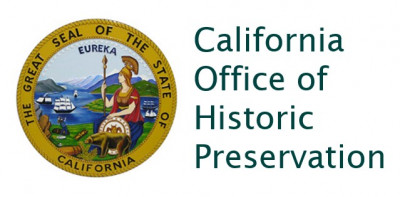
California Office of Historic Preservation – This agency oversees any projects that may impact key historic resources within California. 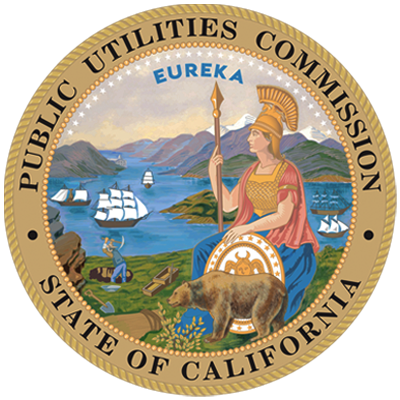
California Public Utilities Commission- This agency is responsible for electric utility rates and procurement of new energy sources. The agency focuses on cost-effective generation and transmission of energy. The Commission’s planned capacity for procuring new energy resources includes offshore wind. [12] 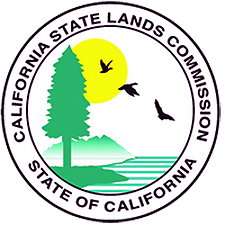
California State Lands Commission (CSLC)- This agency manages lands owned by the State including submerged lands below the ordinary high water mark out to the state/federal boundary located three nautical miles offshore. The CSLC is the agency responsible for reviewing applications for projects taking place in State waters such as the CADEMO project offshore of Vandenberg Space Force Base. The CSLC participates in reviews under the California Environmental Quality Act for resources under its jurisdiction. [13] 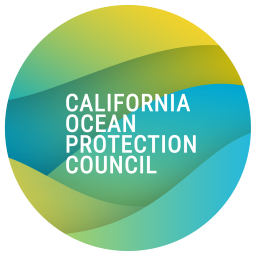
Ocean Protection Council- This council advises the governor and legislature on ocean issues and funds research on the impact of offshore winds to coastal resources and coastal communities including tribes. 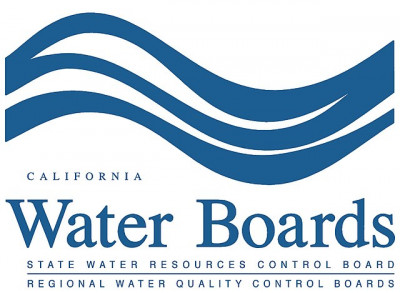
State Water Resources Control Board- This board protects water quality and requires a Certificate of Public Convenience and Necessity or a Permit to Construct for electric infrastructure. In addition to these agencies, there is a California Intergovernmental Renewable Energy Task Force that works with state, local, and federally recognized tribal governments to exchange information about biological and physical resources and to discuss issues and concerns around development including federal developments that may impact State resources. There is also a California Offshore Wind and Fisheries Working Group that is working to avoid, minimize, and mitigate impacts to California fisheries.
- Websites for more information on offshore development
BOEM Existing Leases
Humboldt- RWE Offshore Wind Holdings, LLC- https://www.boem.gov/renewable-energy/state-activities/rwe-offshore-wind-holdings-llc-ocs-p-0561
Humboldt- California North Floating, LLC- https://www.boem.gov/renewable-energy/state-activities/california-north-floating-llc-ocs-p-0562
Central Coast- Atlas Offshore Wind, LLC (formerly Equinor)- https://www.boem.gov/renewable-energy/state-activities/atlas-offshore-wind-llc-ocs-p-0563
Central Coast- Golden State Wind, LLC (formerly Central California Offshore Wind LLC) https://www.boem.gov/renewable-energy/state-activities/golden-state-wind-llc-ocs-p-0564
Central Coast-Invenergy California Offshore Wind, LLC , https://www.boem.gov/renewable-energy/state-activities/invenergy-california-offshore-llc-ocs-p-0565
BOEM Environmental Assessment Documents
Humboldt Wind Energy Final Environmental Assessment for Leasing and Surveying- https://www.boem.gov/renewable-energy/state-activities/humboldt-final-ea
Morro Bay Wind Energy Final Environmental Assessment for Leasing and Surveying https://www.boem.gov/renewable-energy/state-activities/morro-bay-final-environmental-assessment-and-appendices
BOEM- Wind Energy Commercial Leasing Process
Data Sets Relevant to Offshore Wind Development-
https://caoffshorewind.databasin.org/datasets/
Humboldt Bay Offshore Wind Heavy Lift Marine Terminal Project https://humboldtbay.org/humboldt-bay-offshore-wind-heavy-lift-marine-terminal-project-3
Port Reports from California State Lands Commission https://slcprdwordpressstorage.blob.core.windows.net/wordpressdata/2023/07/AB525-Port-Readiness-Plan_acc.pdf
Visual Impacts of California Offshore Wind https://www.boem.gov/renewable-energy/state-activities/california-visual-simulation
State Reports
California Energy Commission, AB 525 Reports: Offshore Wind Energy Strategic Plan https://www.energy.ca.gov/data-reports/reports/ab-525-reports-offshore-renewable-energy
Permitting Documents
State Water Resources Control Board Review of Atlas Wind Geotechnical and Benthic- https://www.waterboards.ca.gov/water_issues/programs/cwa401/docs/2024/noa-atlas-wind.pdf